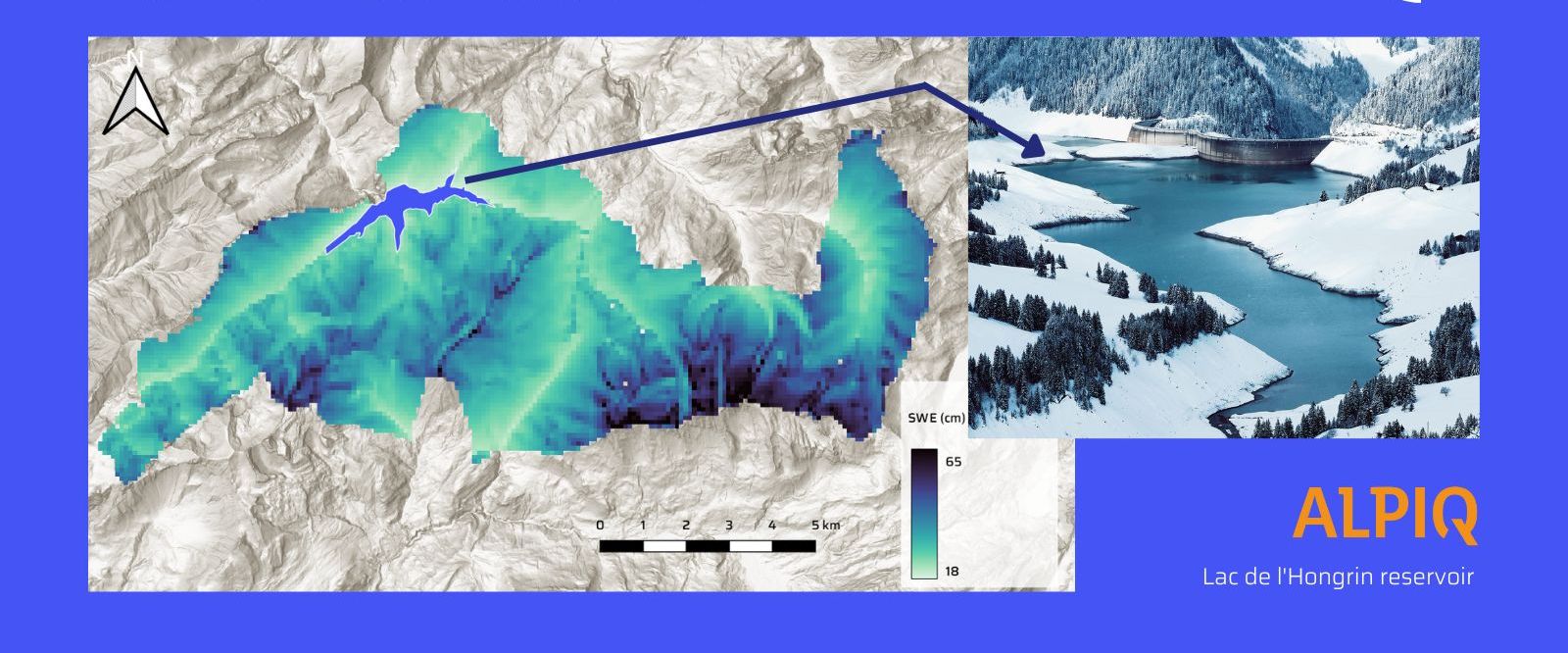
Near real-time satellite-based snow data can significantly improve seasonal forecasts, bringing economic and societal benefits, as demonstrated by the 18-month DeFROST4Hydropower project results. Several power generation companies in Switzerland, Hydrique Ingénieurs and the Swiss Federal Office of Energy (SFOE) participated in the project.
Switzerland has an ideal setting for hydropower – it has 1500 lakes, high levels of annual rainfall, and two-thirds of the country is alpine. Its renewable energy source accounts for the majority of domestic electricity production and is a key factor for Swiss energy security. By 2050, the country aims to increase the share of hydroelectricity generated as part of its Energy Strategy whilst adhering to Swiss water protection legislation and adapting to changing hydrological conditions and other climate change effects.
Wegaw is contributing to this mission by offering a cost-effective solution based on geospatial data and AI to empower hydropower companies with invaluable insights that allow them to further reduce runoff errors and, consequently, reduce the errors in water inflow predictions.
An 18-month pilot, DeFROST4Hydropower project supported by the Swiss Federal Office of Energy (SFOE), attracted nine innovative energy companies, including Alpiq, groupe-e, FMV, EnAlpin and SIG, amongst others, to collaborate and understand the premise and benefit of using satellite data for snowpack information.
The results from the project are promising. The fusion of geospatial data and artificial intelligence significantly increases energy trading opportunities and asset management efficiencies, confirming snow water equivalent (SWE) as a critical factor in energy companies’ long-term seasonal inflow forecasts. SWE is thus essential because it tells us how much water a snowpack contains. Accessing highly accurate SWE data in advance will help water resource managers plan future water use. For example, hydropower operators could better assess when to release or store water, and energy traders could reduce their financial burdens by avoiding volatile daily markets.
By integrating rainfall-runoff models for long-term forecasting, errors have been reduced by up to 50% and trading adjustments by up to 20%. The results of this collaboration are not only a viable step towards digitisation but also underpin the sustainability aspects of hydropower, enable tangible trading efficiencies and risk reductions for renewable energy companies, and ultimately contribute to renewable energy becoming the primary source of power generation globally over the next three years.
“The DeFROST4Hydropower project has become the foundation of a collaboration focused on climate resilience in the Swiss-French hydropower ecosystem. I am very proud of these results and firmly believe that our activities are key to mitigating the energy crisis while enabling the global transition towards a more sustainable renewable energy future for all, “ said Ion Padilla CEO and Co-founder of WeGaw.
(Press release/RAN)
Image description: optimising longterm water flow forecast with SWE


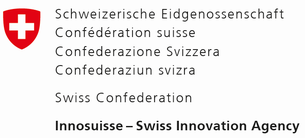
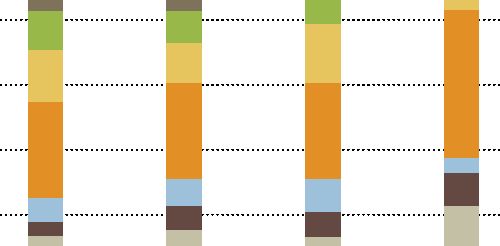

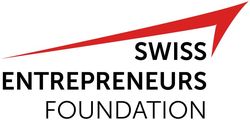


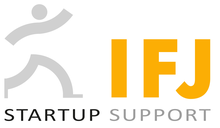








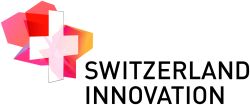




















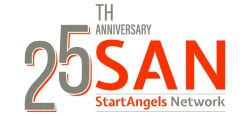

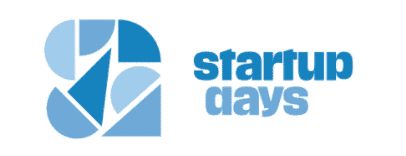








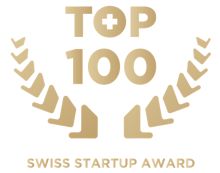





Please login or sign up to comment.
Commenting guidelines